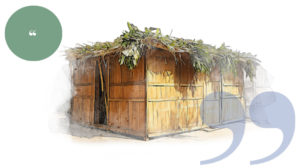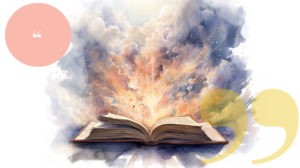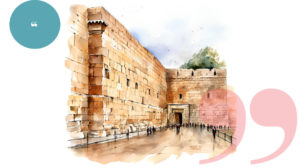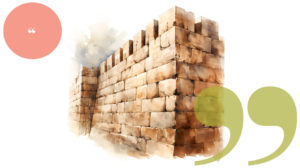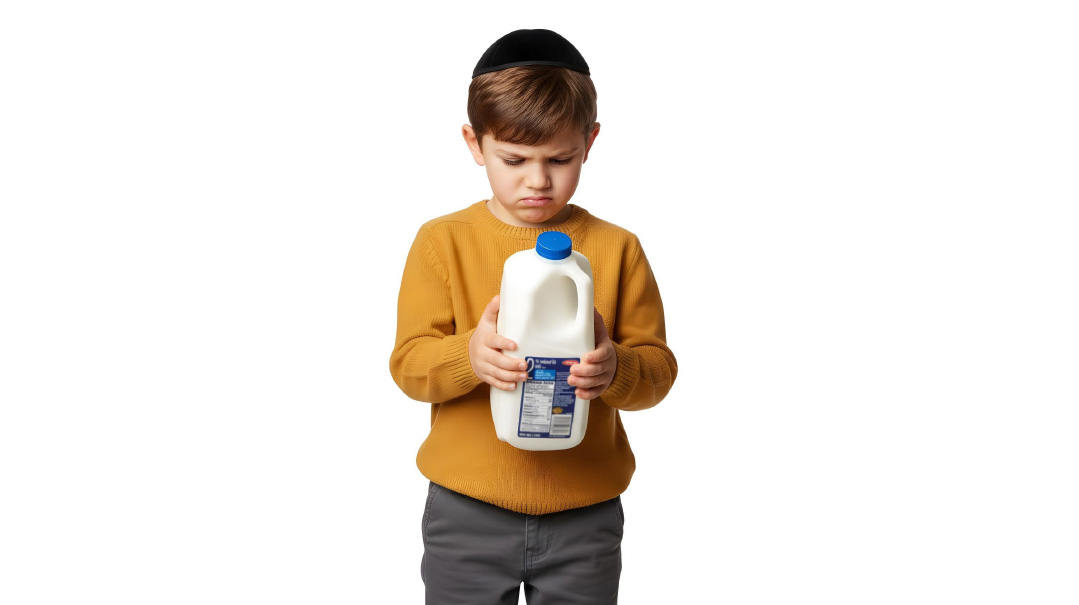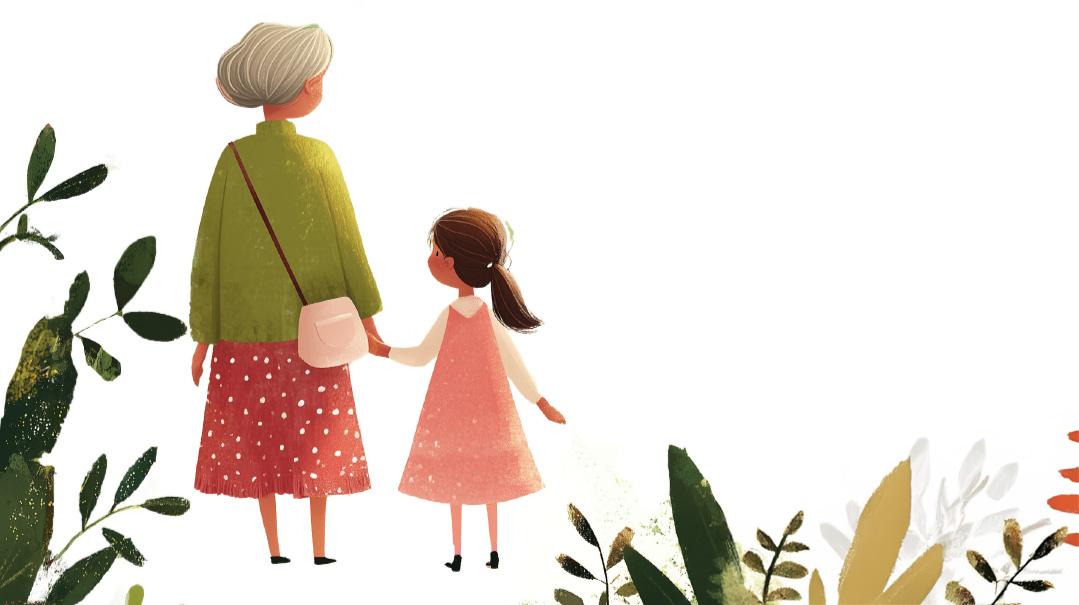Stones and Tears and Joy
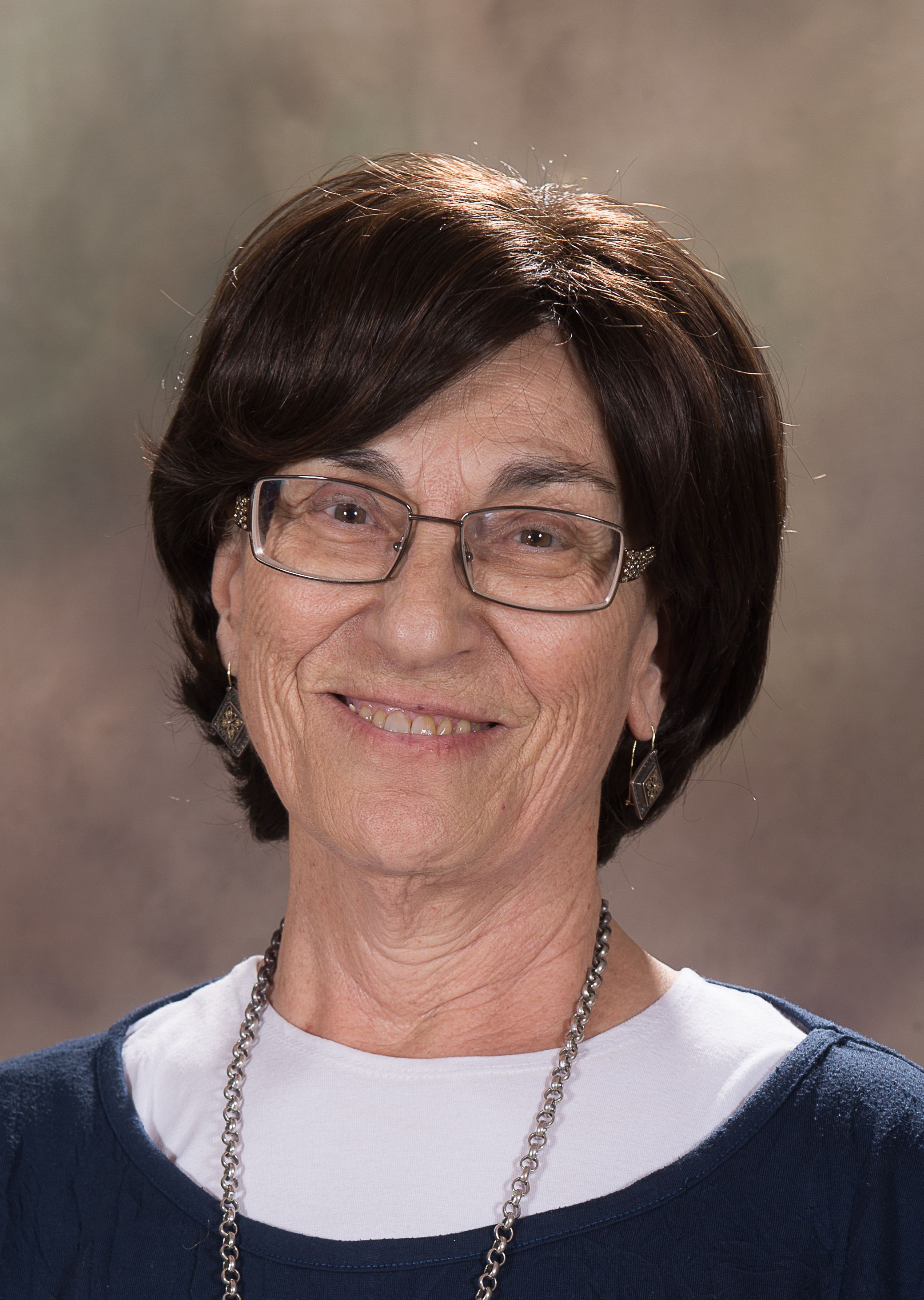
I am thoroughly thankful and humbled by the Jerusalem outside my window
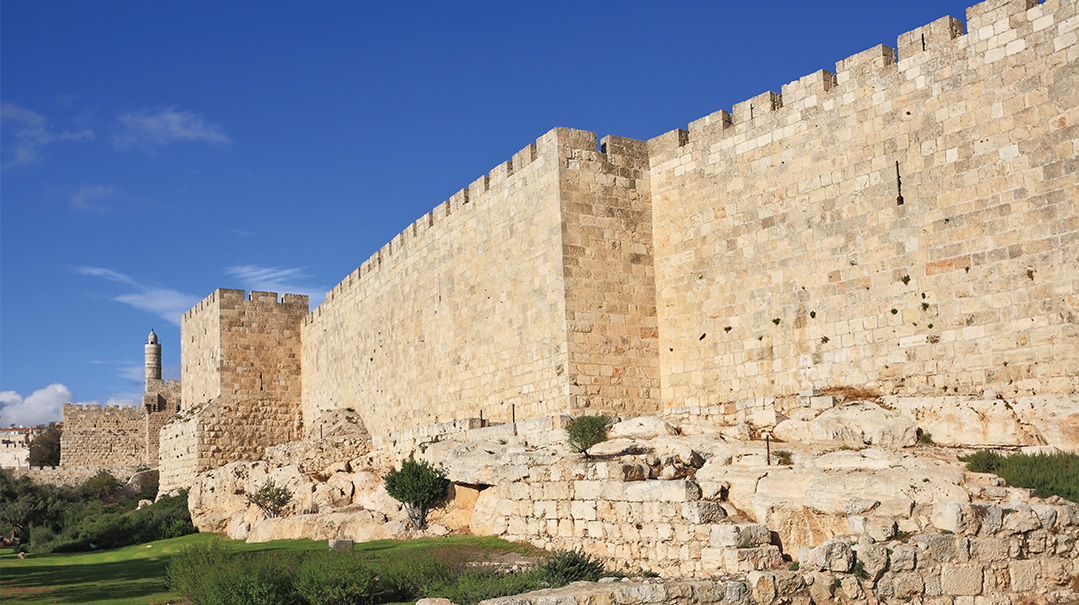
It’s that time of the year again, when both time and weather hang heavy. Lots of sun and heat, no music, no shopping for new clothes or children’s (or adult!) toys. It’s the time we’re reminded that all is not yet as it should be. An invader’s golden dome still covers the holiest spot on earth, the spot G-d chose for His earthly “home.”
Far away, in Midwestern United States, the Three Weeks always felt somewhat theoretical, an uncomfortable but far removed, reminder of history. In Yerushalayim Ihr Hakodesh, it’s real — a vibrant, live, challenging experience. The Old City, the Kosel, and Har Habayis are part of our daily scenery, yet I feel as though I see them through a hazy, suffocating cloud. Perhaps it’s only the atmospheric conditions of the summer heat wave, but I wait for the wind to blow away the fog so the clear blue techeiles of G-d’s sky shines through once again.
During a difficult period here in Eretz Yisrael a granddaughter asked me, “Bubby, why does everyone hate us so much?” What could I say? That we carry the light of Torah which the world fights with darkness? That the Dark tries to extinguish the Light? Somehow, it seemed like too great a burden for a six-year-old to bear. I looked for a way to explain the unexplainable and said something about the Jews bringing Hashem’s Word to the world and the nations not wanting to listen. Like wayward children who don’t appreciate being disciplined by their parents. She nodded wisely. She could empathize with that.
The windows and doors in my daughter’s house are covered with artistic renditions of the Beis Hamikdash and the walls around the city of Jerusalem, executed by five-year-old hands and the more experienced and agile fingers of a nine-year-old brother. Incorporating the many midrashim these kids have learned, their artistry brings Yerushalayim (albeit sometimes slightly askew) to life.
It’s not all about destruction. One cannot help but see a city come alive, growing, glowing, full of her sons and daughters and the sounds of Torah flowing out of yeshivos, schools, and shuls after a long and indescribable exile. Where do we go from here? How do we get there? There are times when I’d like to compose a Master Plan — a sort of new Jewish Monopoly game where we could “advance straight to Go” and collect the Grand Prize in one shot —Mashiach and the Beis Hamikdash all rebuilt and ready to go.
I guess the Master Planner has other plans, but I do have another idea. I’ve invented a new minhag, my very own segulah. I claim no rabbinical backing or certification, although I doubt any rabbi would object. It was inspired by a story I read about a certain Rav Kolonomus who lived in the Old City under Ottoman rule, when Eretz Yisrael and Jerusalem were in a sorry state. One Shabbos, the corpse of a Moslem child was found in the city. The Jews were accused of murdering him.
Afraid of an impending pogrom, the Jews flocked to Rav Kolonomus for advice. Despite it being Shabbos — so goes the tale — and in front of the Kadi, the accuser, and witnesses, Rav Kolonomus wrote the Divine Name on a piece of parchment and placed it in the mouth of the dead child. The child sat up and pointed to the real murderer — the Moslem accuser!
The Jews, of course, lauded Rav Kolonomus and called him a baal neis — a miracle worker. But he was utterly dismayed that he had desecrated the Holy Shabbos, even for pikuach nefesh. He therefore instructed the Jews that after his death, whoever passed his grave in Emek Kidron at the bottom of Har Hazeisim, was to throw a stone upon the kever as a sign of shame. The Jews complied, but they added a loving embellishment of their own. Anyone leaving the Holy Land took one of the stones as a segulah — a guarantee that he would arrive home safely (travel was a treacherous business in those days). When the traveler returned, he replaced the stone on the mound. Rav Kolonomus’s stone monument grew and grew. It stood until the Jordanians leveled it, together with countless other graves, in 1948.
So what does this mound have to do with me? I thought of something to help keep Eretz Yisrael in the mind and heart of anyone leaving the country for whatever reason. Most of the people with whom I share my “segulah” only leave for a few weeks, or months at most, and then return. But why shouldn’t they have a piece of Eretz Yisrael with them when away? Something solid they can touch and feel.
So before they leave, I give them a small stone from my large Eretz Yisrael collection and tell them to keep it in their pocket or purse until they come back. And then, to please return it to me. One friend, whose family left the country for 12 long years, told me that she kept her stone in her purse through the years, and every time she put her hand in to take out keys, or glasses, or money, she remembered and felt connected to Eretz Yisrael. She firmly believed the stone was a factor in her family’s eventual return.
Now I don’t claim to work miracles, nor do I know if there is any power in stones — even stones from Eretz Yisrael. But if our Sages could roll in the dust of the Land upon returning, perhaps to get a physical feel for the kedushah, surely a stone is as good a reminder as any.
Meanwhile, I turn to the Master Planner and ask Him what else we have to do, undergo, and experience before we are worthy of His full mercy and a complete Geulah. I don’t think stones alone are sufficient to do the job. Sometimes it seems like we’ll never get the job done.
But even if we fail to reach the point we are aiming for, surely HaKadosh Baruch Hu will stretch forth His mighty Arm, embrace us, and move things forward. Actually, He has done so consistently in the recent past, giving us countless opportunities to return and rebuild His Land and to raise the torch of Torah to new, unprecedented heights. How else can we explain the amazing renaissance, renewal, and regeneration of Torah in our time?
Meanwhile, I am thoroughly thankful and humbled by the Jerusalem outside my window. A jumbled confusion of holy and secular, of divine music and blaring noise, of beauty and things not yet beautiful but growing, developing, thriving, expanding. And I remember the words of Dovid Hamelech: “May Hashem bless you from Tzion and may you see the beauty of Yerushalayim all the days of your life. And may you see children born to your children and peace on Israel” (Tehillim 128).
I look out my window and see Eretz Yisrael, full of generations — grandparents, grandchildren, and great-grandchildren. May we see the rest of the prophecies fulfilled as well. Speedily and in our days.
(Originally featured in Family First, Issue 400)
Oops! We could not locate your form.

